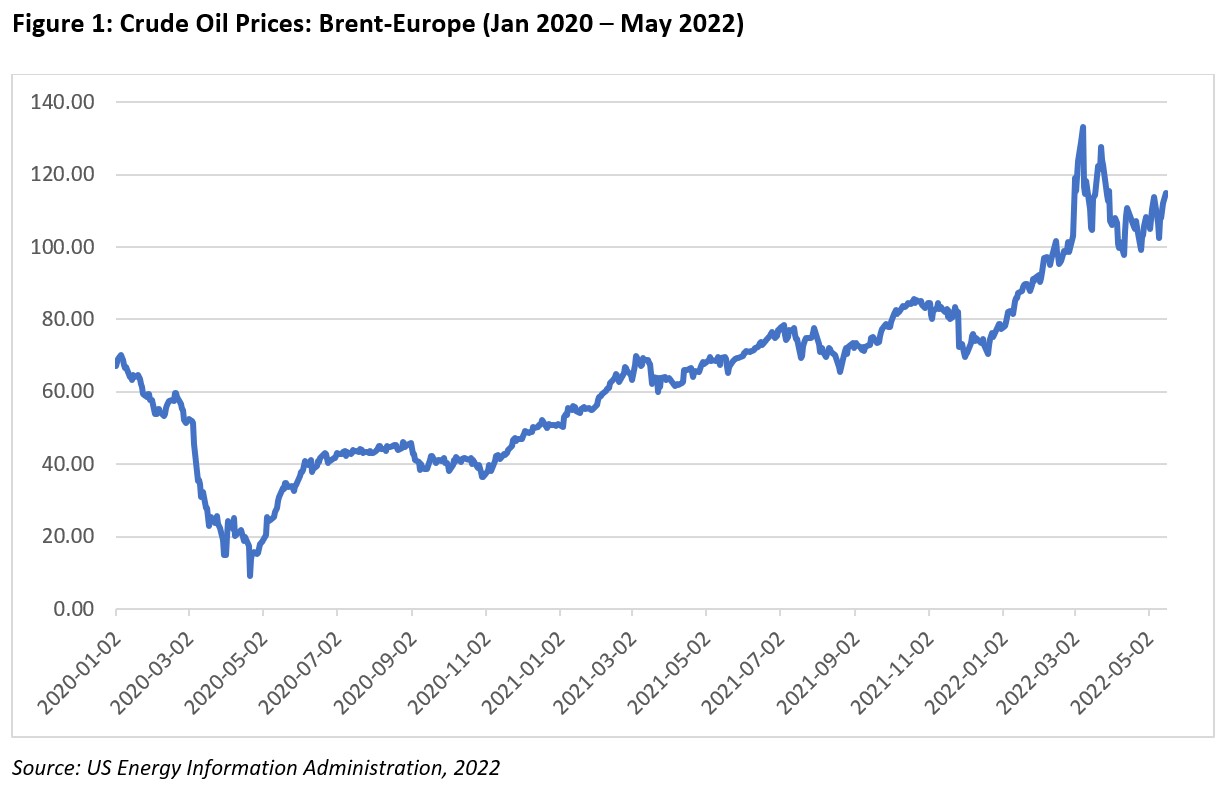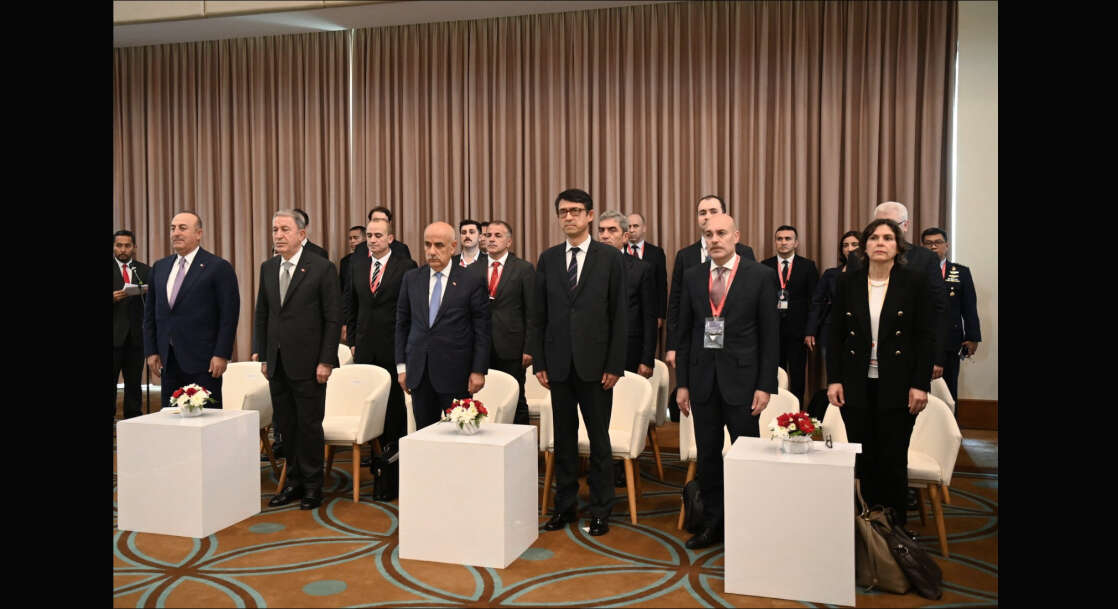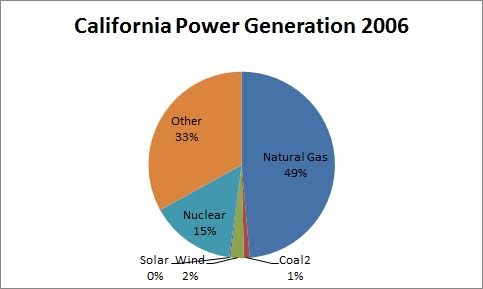Oil Price Volatility: A Major Threat To Airline Profitability

Table of Contents
The Direct Impact of Fuel Costs on Airline Profitability
Fuel as a Major Expense
Airlines are heavily reliant on jet fuel, making them exceptionally vulnerable to price swings in the global oil market. Even seemingly small percentage changes in oil prices can translate into substantial cost increases for airlines, significantly impacting their bottom line.
- Fuel typically constitutes 20-40% of airline operating costs. This high percentage means that even modest increases in oil prices can dramatically reduce profit margins.
- Hedging strategies can mitigate risk, but are not foolproof. Airlines often use financial instruments to lock in future fuel prices, but these strategies are complex and require significant expertise and forecasting accuracy. Unforeseen market shifts can render hedging strategies ineffective.
- Rising fuel prices directly reduce profit margins. This can force airlines to make difficult choices, potentially impacting service quality and expansion plans.
Impact on Pricing Strategies
To offset rising fuel costs stemming from oil price volatility, airlines may be forced to increase ticket prices. This, however, can lead to a decrease in passenger demand, creating a vicious cycle.
- Increased ticket prices can lead to reduced passenger numbers. Price sensitivity among air travelers is significant, and higher fares can deter potential customers.
- Airlines may need to cut routes or services to reduce costs. Less profitable routes may be eliminated to mitigate losses incurred from higher fuel prices.
- Price wars between airlines can exacerbate the impact of volatile oil prices. Competitive pressures can prevent airlines from fully passing on increased fuel costs to consumers, further squeezing profit margins.
Indirect Impacts on Airline Operations and Profitability
Investment and Expansion Challenges
The uncertainty inherent in oil price volatility creates significant headwinds for airline investment and expansion. The unpredictability makes long-term financial planning extremely difficult.
- Airlines hesitate to commit to long-term capital expenditures. Investing in new aircraft or expanding fleets becomes riskier when fuel costs are volatile and unpredictable.
- Delays in fleet modernization can increase operational costs. Older, less fuel-efficient aircraft become more expensive to operate in a high-fuel-price environment.
- Reduced expansion limits revenue growth potential. The inability to add new routes or increase flight frequency restricts the airline's ability to generate revenue and compete effectively.
Impact on Employee Compensation and Overall Costs
Rising fuel costs, driven by oil price volatility, often lead to pressure to cut other operating costs. This can negatively impact employee compensation and morale.
- Wage freezes or reduced hiring can negatively affect operational efficiency. A demoralized workforce can lead to decreased productivity and increased errors.
- Cost-cutting measures may compromise safety and customer service. Cutting corners to save money can have serious consequences.
- Reduced employee morale can affect productivity and passenger satisfaction. A negative work environment can translate into poor customer service, impacting brand reputation and loyalty.
Strategies for Mitigating the Risks of Oil Price Volatility
Fuel Hedging
Fuel hedging is a crucial tool for mitigating the risks associated with oil price volatility. Airlines use various financial instruments, such as futures contracts and options, to lock in fuel prices for a future period.
- Effective hedging requires sophisticated forecasting and risk management. Accurate predictions about future oil prices are essential for successful hedging.
- Hedging costs can negate some of the benefits if oil prices fall. If oil prices fall unexpectedly, the costs of hedging can outweigh the savings from locked-in prices.
- Ineffective hedging strategies can worsen financial losses. Poorly executed hedging strategies can amplify the negative impact of volatile oil prices.
Operational Efficiency Improvements
Improving operational efficiency is another crucial strategy for managing fuel costs and navigating oil price volatility. This involves optimizing various aspects of airline operations.
- Investing in fuel-efficient aircraft. Modern aircraft are designed for better fuel economy, significantly reducing fuel consumption per passenger mile.
- Implementing advanced flight planning and route optimization. Sophisticated software can optimize flight paths to minimize fuel consumption.
- Reducing weight on aircraft through efficient cargo management. Careful weight management can also contribute to fuel savings.
Diversification of Revenue Streams
Reducing reliance on ticket sales is key to lessening the impact of fuel price shocks. Diversification of revenue streams provides a buffer against oil price volatility.
- Expanding ancillary revenue streams to reduce reliance on ticket sales. Charging for baggage, meals, and seat selection can provide additional revenue streams.
- Offering loyalty programs to increase customer retention. Loyal customers are less price-sensitive and provide a stable revenue base.
- Developing non-aviation related revenue streams. Some airlines are exploring ventures outside of traditional air travel to diversify their income.
Conclusion
Oil price volatility presents a significant and persistent challenge to airline profitability. The direct impact on fuel costs, coupled with indirect effects on investment, operations, and employee relations, demands proactive risk management. Airlines must adopt a multi-faceted approach, integrating fuel hedging, operational efficiency enhancements, and revenue diversification to successfully navigate the uncertainties of fluctuating oil prices and ensure long-term financial health. Understanding and effectively managing oil price volatility is critical for sustained success in this dynamic industry. Proactive planning and strategic adaptation are essential for airlines to thrive in the face of this ongoing challenge.

Featured Posts
-
 Tuerkiye Ve Endonezya Arasinda Yeni Is Birligi Anlasmalari
May 03, 2025
Tuerkiye Ve Endonezya Arasinda Yeni Is Birligi Anlasmalari
May 03, 2025 -
 The Impact Of Fortnite Game Mode Shutdowns On The Community
May 03, 2025
The Impact Of Fortnite Game Mode Shutdowns On The Community
May 03, 2025 -
 Ai Chip Export Restrictions Nvidia Ceos Plea To Trump
May 03, 2025
Ai Chip Export Restrictions Nvidia Ceos Plea To Trump
May 03, 2025 -
 Epanidrysi Toy Kratoys I Antimetopisi Tis Diafthoras Stis Poleodomies
May 03, 2025
Epanidrysi Toy Kratoys I Antimetopisi Tis Diafthoras Stis Poleodomies
May 03, 2025 -
 Testing Lower Electricity Prices A Dutch Utility Initiative
May 03, 2025
Testing Lower Electricity Prices A Dutch Utility Initiative
May 03, 2025
Latest Posts
-
 Alfonso Cuarons Vision Why He Replaced Chris Columbus In Harry Potter 3
May 03, 2025
Alfonso Cuarons Vision Why He Replaced Chris Columbus In Harry Potter 3
May 03, 2025 -
 Harry Potter And The Prisoner Of Azkaban Exploring The Directorial Transition
May 03, 2025
Harry Potter And The Prisoner Of Azkaban Exploring The Directorial Transition
May 03, 2025 -
 The Prisoner Of Azkaban Why A New Director Took The Helm
May 03, 2025
The Prisoner Of Azkaban Why A New Director Took The Helm
May 03, 2025 -
 300 5
May 03, 2025
300 5
May 03, 2025 -
 Why Chris Columbus Didnt Direct Harry Potter And The Prisoner Of Azkaban A Directorial Change Explained
May 03, 2025
Why Chris Columbus Didnt Direct Harry Potter And The Prisoner Of Azkaban A Directorial Change Explained
May 03, 2025
